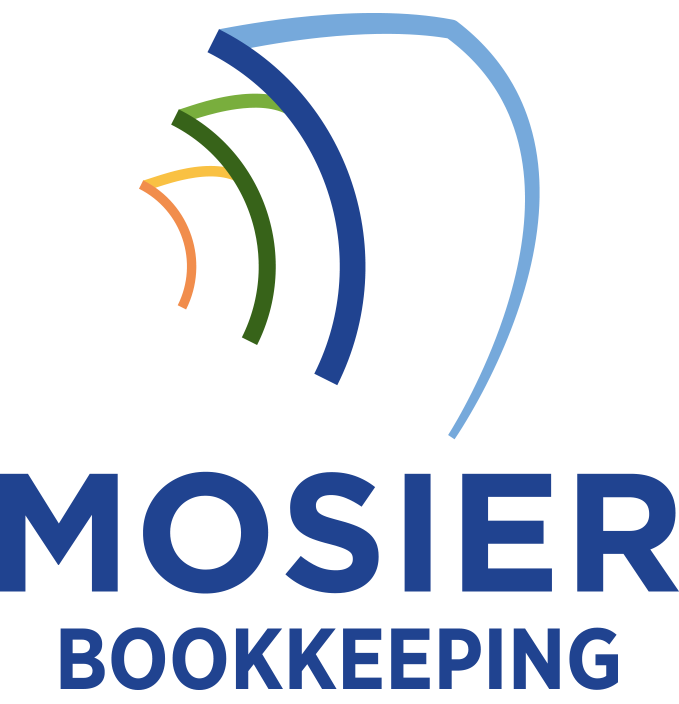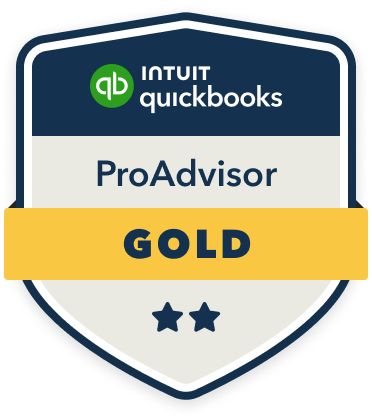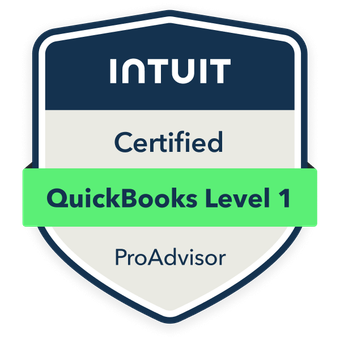To handle international payroll effectively, I’ll need to navigate complex regulatory frameworks for each country where I employ workers. This includes understanding local tax systems, compliance requirements, mandatory benefits, and reporting deadlines. I’ll need to establish secure payment infrastructure with multi-currency capabilities and partner with in-country experts or global payroll providers. For seamless operations, I should implement specialized payroll software with built-in compliance features. Let me show you how to build a thorough international payroll strategy.
Understanding International Payroll Regulations and Requirements

Managing international payroll requires compliance with multiple regulatory frameworks that vary considerably across jurisdictions. I need to comprehend each country’s tax laws, social security requirements, and employment regulations to avoid costly penalties and legal issues.
I must track country-specific minimum wage standards, overtime rules, and mandatory benefits. This includes monitoring tax withholding rates, social contributions, and reporting deadlines. I’ll establish processes to verify work permits, maintain accurate documentation, and guarantee timely filings with local authorities.
I’ll partner with in-country experts or global payroll providers to navigate complex requirements and stay current with regulatory changes in each jurisdiction.
Setting Up a Global Payment Infrastructure
To roll out an effective global payment system, I need to establish a secure infrastructure that facilitates seamless cross-border transactions while maintaining regulatory compliance in each jurisdiction.
I’ll partner with international banks and payment providers who offer robust SWIFT networks and multi-currency capabilities. I’ll implement an enterprise-grade payroll platform that integrates with local tax systems and handles currency conversions automatically. My system must incorporate encryption protocols, multi-factor authentication, and audit trails.
I’ll establish strategic payment hubs in key regions, ensuring I’ve got redundant systems and contingency plans. This infrastructure will give me command over global disbursements while minimizing transfer fees and processing times.
Managing Currency Exchange and Tax Compliance

Successfully handling currency exchange and tax compliance requires a dual-pronged strategy that I’ve developed to address both daily rate fluctuations and country-specific tax regulations.
I leverage real-time forex monitoring systems to lock in advantageous exchange rates while upholding buffer accounts in major currencies. I’ve established direct partnerships with international tax specialists who guarantee compliance with each jurisdiction’s withholding requirements, social security obligations, and reporting deadlines.
My system integrates automated tax calculators with payroll software to prevent costly errors. I maintain detailed documentation of all cross-border transactions, enabling swift responses to tax audits and regulatory inquiries in any country where we operate.
Streamlining Multi-Country Time Tracking and Benefits
Efficient global time tracking requires integrated systems that account for multiple time zones, local holidays, and country-specific leave policies. I’ve implemented cloud-based solutions that automatically sync attendance data while factoring in regional variables.
| Country Feature | Strategic Action |
|---|---|
| Time Zones | Deploy auto-adjusting trackers |
| Local Holidays | Import country calendars |
| Leave Policies | Configure rule engines |
| Benefit Plans | Map equivalent tiers |
| Compliance | Monitor real-time updates |
I’ll help you standardize benefits across regions while maintaining local compliance. My approach leverages centralized dashboards to monitor PTO balances, overtime calculations, and benefit enrollments. You’ll gain complete control over your global workforce management through automated validation checks and customized reporting tools.
Choosing the Right International Payroll Software and Partners

Selecting appropriate international payroll software and partners requires thorough evaluation of regulatory compliance capabilities, integration features, and service coverage across your target countries.
I recommend prioritizing platforms that offer real-time tax updates, multi-currency processing, and automated statutory reporting. You’ll need partners who maintain in-country expertise and can guarantee compliance with local labor laws.
Consider vendors who provide dedicated account managers, 24/7 support, and seamless API connections to your existing HR systems. I’ve found that unified solutions offering both technology and advisory services deliver the strongest ROI. Look for providers with proven track records in your specific markets and scalability to support your expansion plans.









